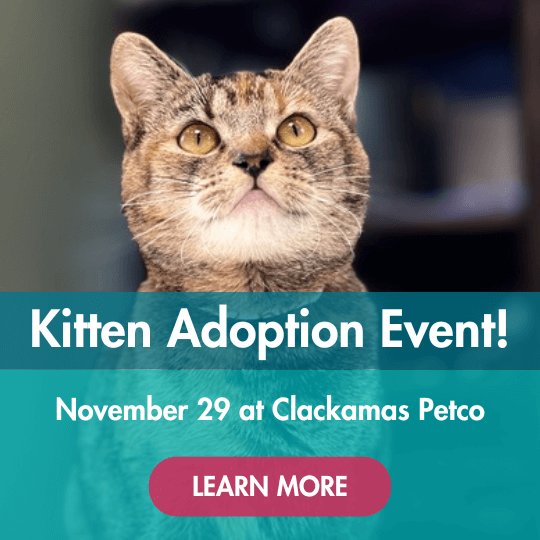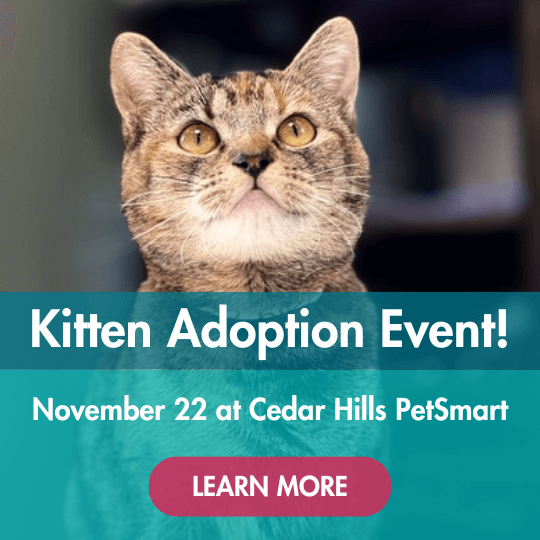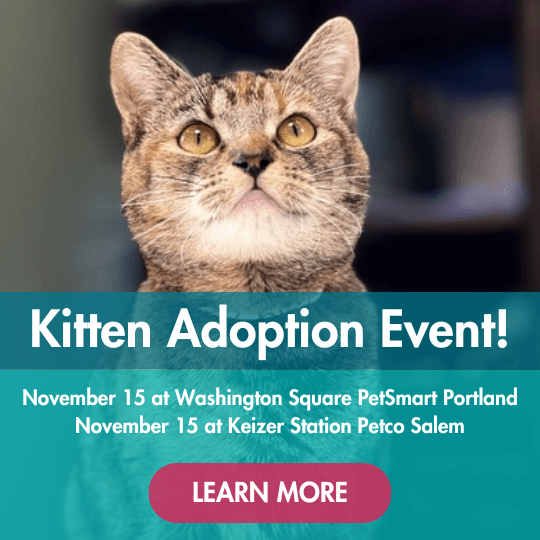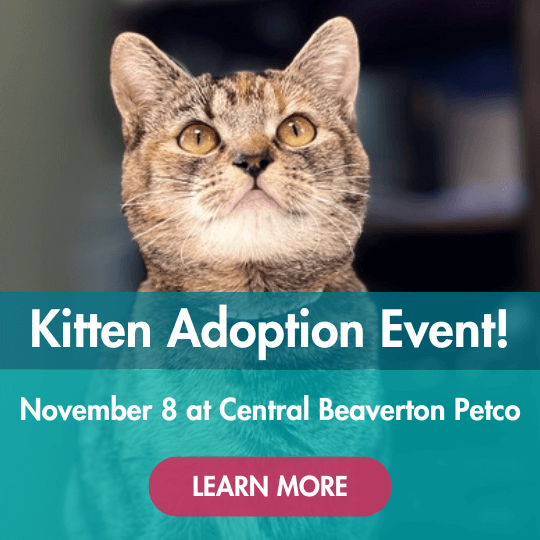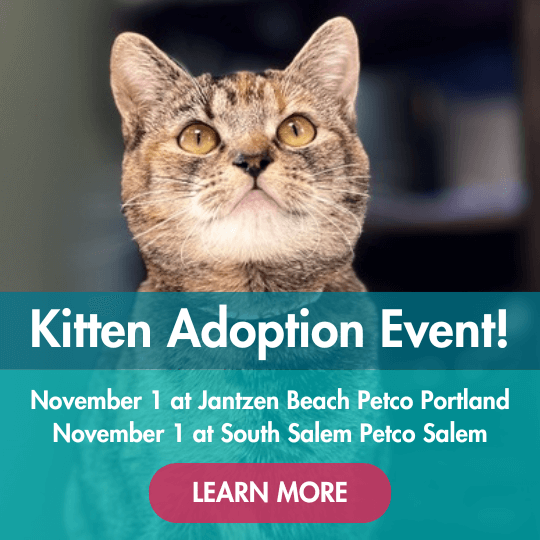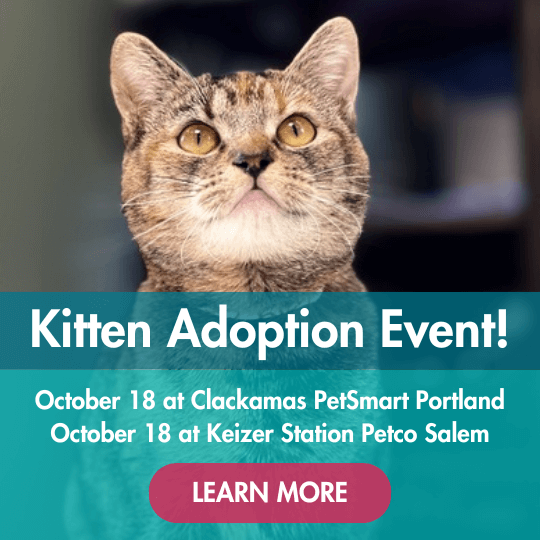Meet Chloe House, Second Chance Coordinator
My name is Chloe House, and I am a Second Chance Coordinator at Oregon Humane Society’s Portland Campus.
My primary role is coordinating transfers to help shelters reduce their population and bring pets to OHS for adoption. In 2024, our team helped give over 7,000 animals their new beginnings. More than 60% of the pets who come to OHS arrive via the Second Chance program, and most of them come from shelters within Oregon.
Read on for an in-depth look at how transferring animals through our Second Chance Program works.
The Life-saving Gift of a Second Chance
While on the surface it can feel like the Second Chance program is just moving animals from one shelter to the next, the work we do is so much bigger than that. The feedback we receive frequently, especially from our monthly partners, is that these transfers are the only reason they’re able to keep their shelters open.
This support is critical, as many of our partners are located in small, rural communities with significantly less access to resources, like vet care, and often struggle with crippling capacity. Without OHS, the burden on these communities would be far too great to manage. Knowing I am playing a role in providing much-needed relief in the demanding industry of animal welfare is what keeps me going.
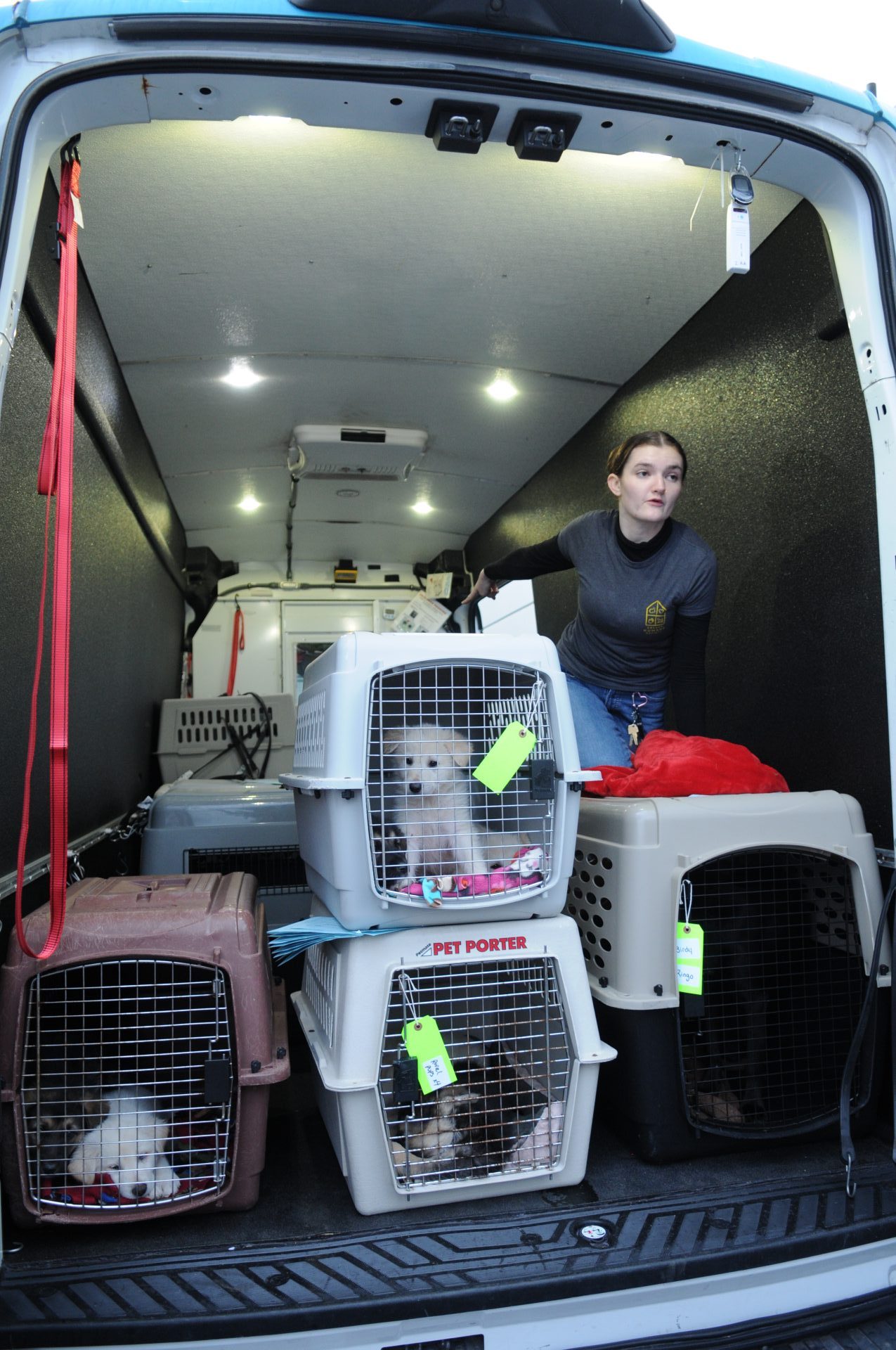
Who Do We Partner With?
Our Second Chance team has partnerships with more than 60 organizations, 44 of which are within Oregon—of the 753 transfers we completed in 2024, 610 were from local Oregon partners.
While at times we coordinate transfers throughout the country in response to natural disasters and emergencies, much of our work takes place within Oregon. Multnomah, Washington, and Marious counties are some of our most active agency partners. These county facilities are responsible for stray intake, but they have limited capacity. To better support the animals these counties have accepted, we coordinate transfers each week from their shelters.
Rural areas like Klamath Falls, Josephine and Jackson County, and others face similar issues with limited resources and space. Several times a year, we prioritize transfers from these areas as well, bringing pets from Southern Oregon to OHS. As these areas have lower rates of adoption, transfers are critical for helping these animals find new, loving homes.
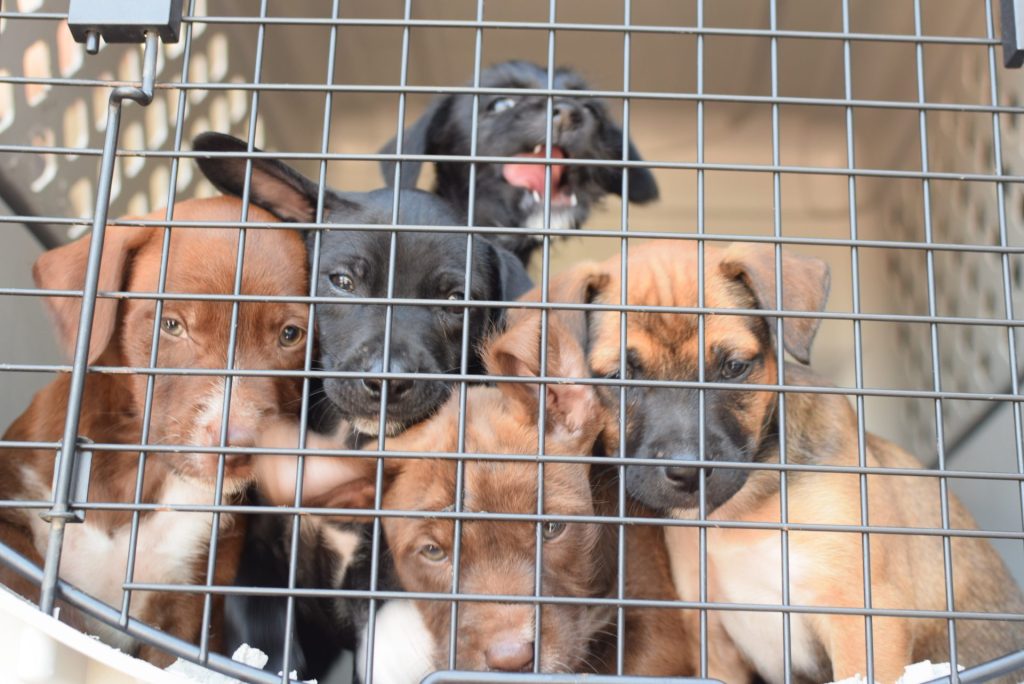
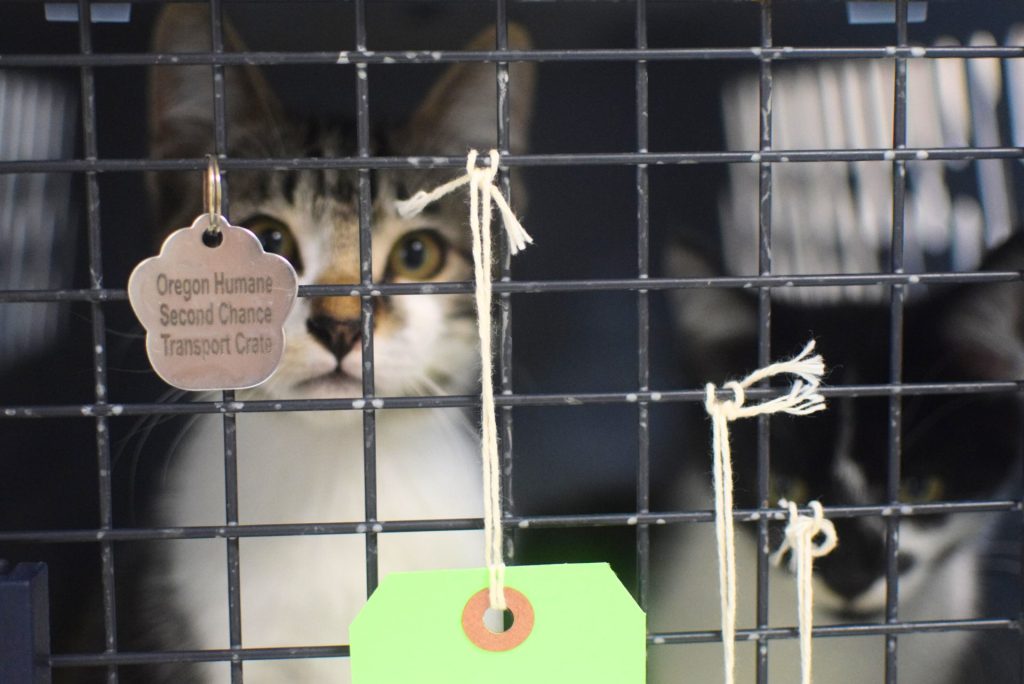
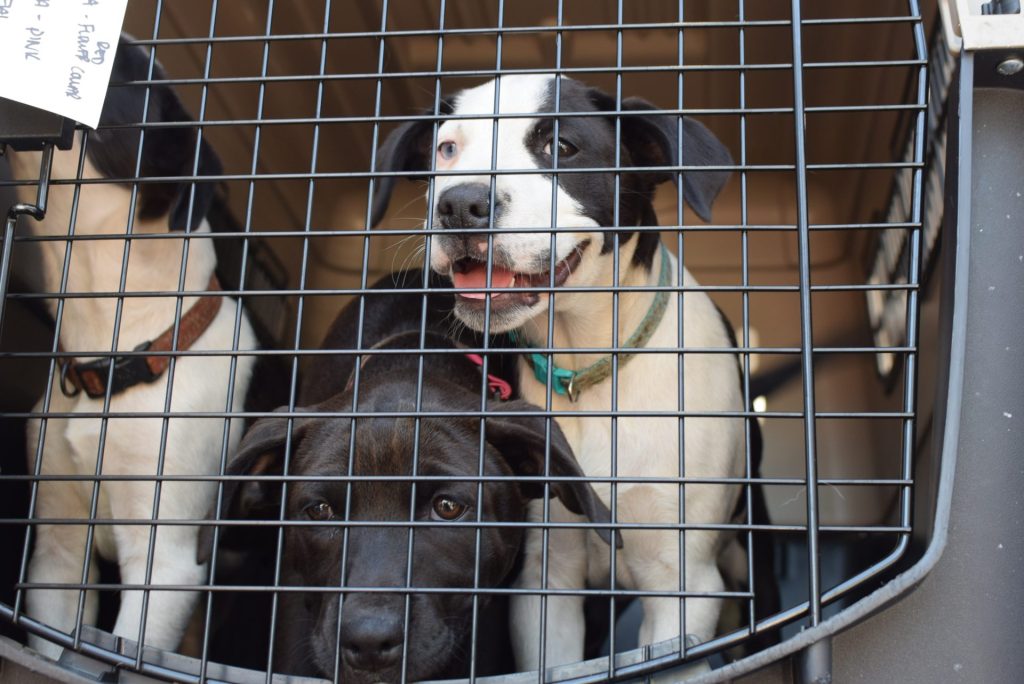
How Do We Select Animals to Transfer?
Having firsthand knowledge of the many animals in need of a second chance can make this work challenging, but it is also incredibly rewarding knowing that through OHS, my team can have a positive impact on so many lives.
We use a range of criteria when selecting who we bring to OHS. The current shelter population, adoption trends, and our Medical and Behavior teams’ ability to help with any special cases are all carefully considered before transport. Our goal is to have a balance of animals so we can help those who we know will get adopted quicky and provide aid to the animals we think may need more extensive care.
Recently, our partners have prioritized the transfers of young, vulnerable puppies. Shelter Animals Count, an organization that gathers annual data from animal rescues and shelters across the United States, reports that 29% of dogs entering shelters in 2024 were categorized as puppies (5 months or younger), an increase of nearly 30,000 from the year prior.
Already, shelters nationwide, including OHS, are struggling with a reduced interest in adoptions for large dogs. Capacity and staffing challenges have compounded, resulting in further depleted resources at small organizations—making caring for puppies a challenge. Because of donors like you, OHS is lucky to have in-house programs that can support the extensive care of puppies and large dogs—services that are often not accessible at under-resourced agencies.
What Happens on a Second Chance Transfer?
Our team has two full-time drivers on staff, one for the Portland campus and one for our Salem campus. OHS’ two campuses greatly expands our capacity to help. Upon receiving a transfer request, we’re able to verify kennel space at both campuses, increasing the opportunities to accommodate incoming animals.
The highlight of my work is traveling to and connecting directly with our partners because I enjoy seeing the impact we’re making by assisting them.
For distances of five or more hours away, we often drive the night prior, staying in a hotel to be ready to collect the animals early in the morning to beat the heat and the traffic the next day. This gives us the opportunity to visit the shelter and lend a helping hand.
Often, our partners don’t have enough staff, volunteers, or time to do animal assessments or special evaluations, such as determining how social a dog is with other pups—information that is extremely helpful for potential adopters. The Second Chance program primarily helps animals, but the assistance we get to provide the staff at these shelters is incredibly gratifying.
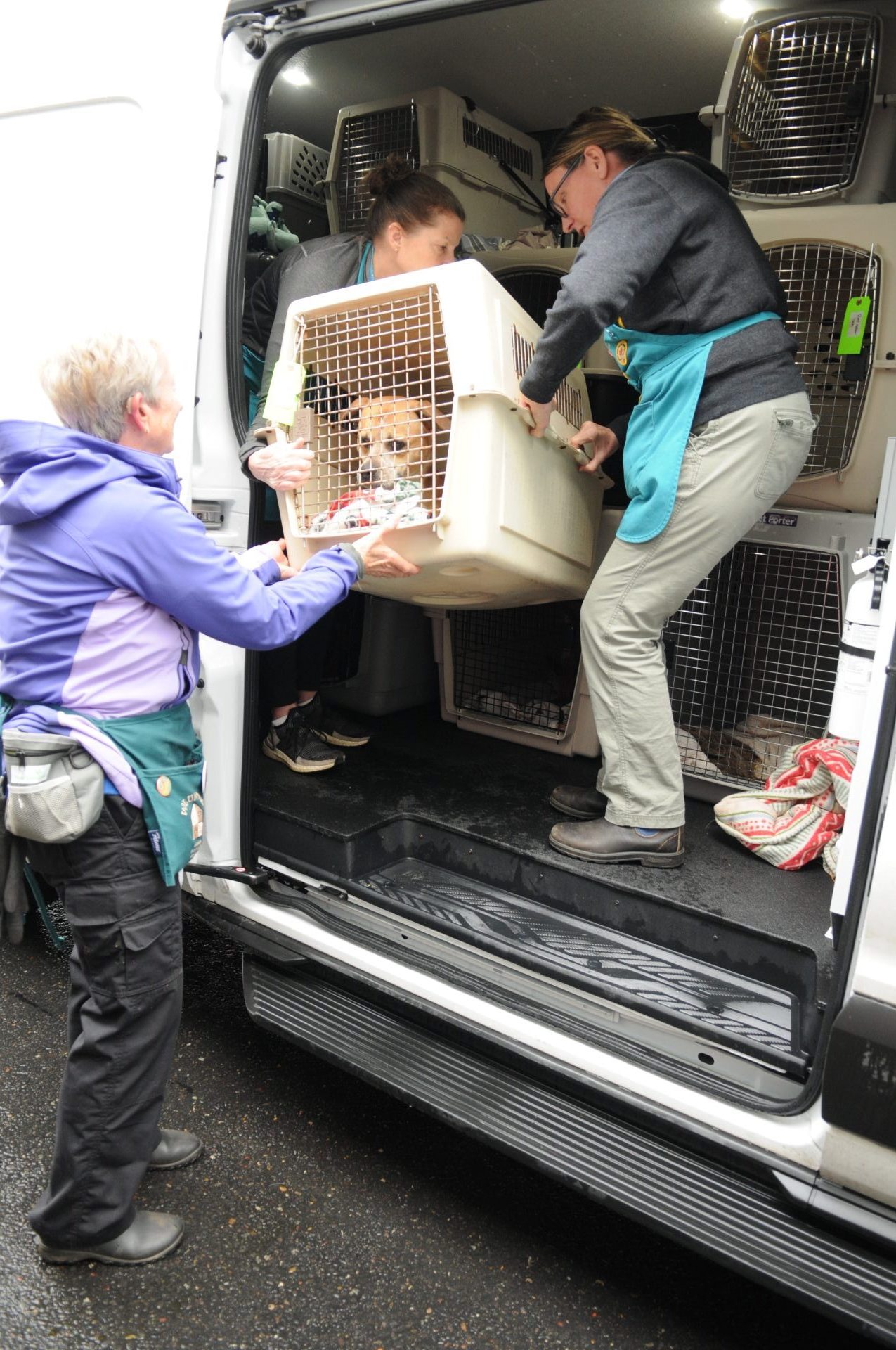
What Is It Like for an Animal Arriving at OHS?
Once we return with our new arrivals, the unloading and intake process begins right away. A group of longstanding and specially trained Second Chance volunteers are on site as soon as the vans arrive to assist with the entire process.
Prior to being made available for adoption, every animal must be spayed or neutered, vaccinated, and microchipped—with most incoming puppies needing the whole list shortly after arrival.
Many rural communities have limited access to vet care, which can lead the prices for spay/neuter services to skyrocket—in some cases upwards of a thousand dollars per animal. Reduced accessibility means more animals remain intact, producing more puppies and kittens in areas already low on resources. At OHS, every animal in our care receives spay/neuter surgery prior to adoption—in 2024 the OHS Medical team provided 13,339 spay/neuter surgeries to help reduce overpopulation.
Though the intake process is hard work and takes several hours to complete, there is an exciting, happy energy that spreads across the entire campus when transfers come in, and many OHS staff and volunteers will pop by to say hello and welcome our newest residents.
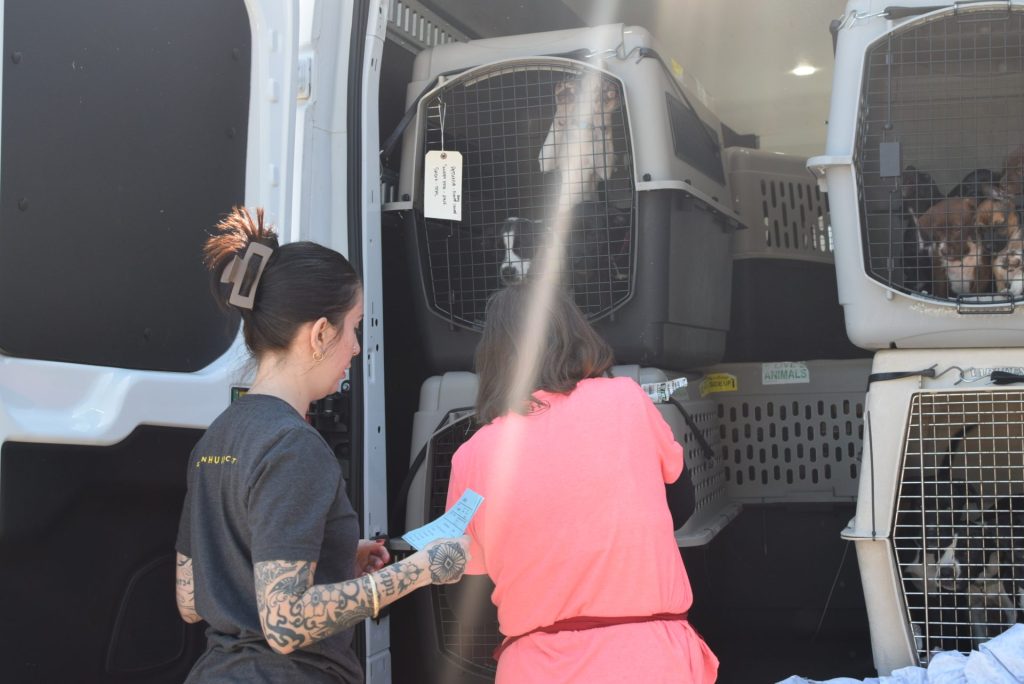
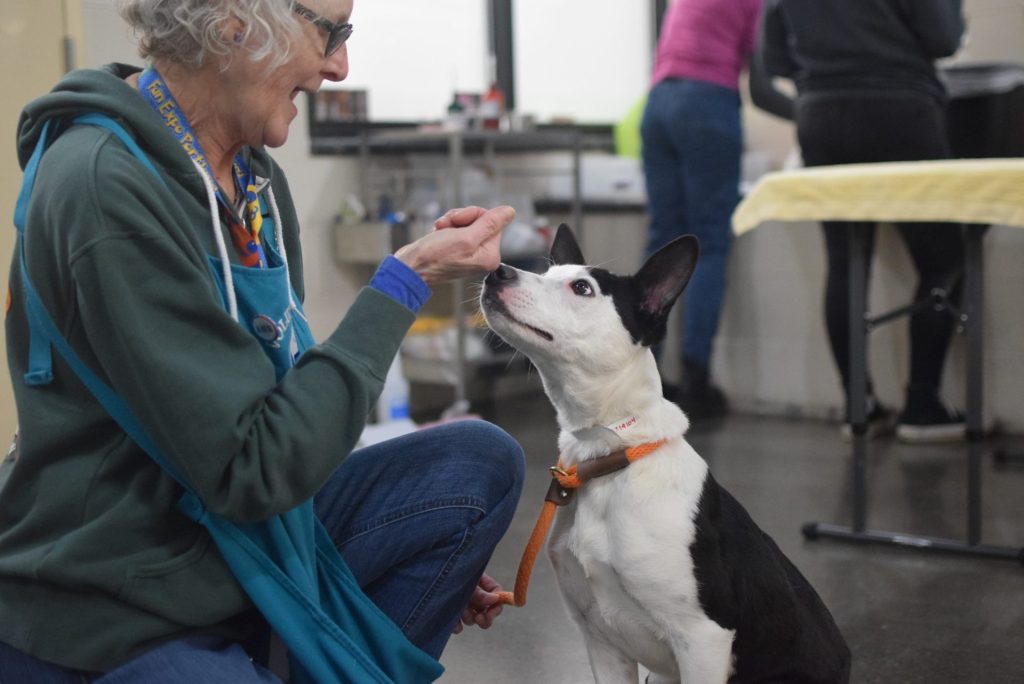
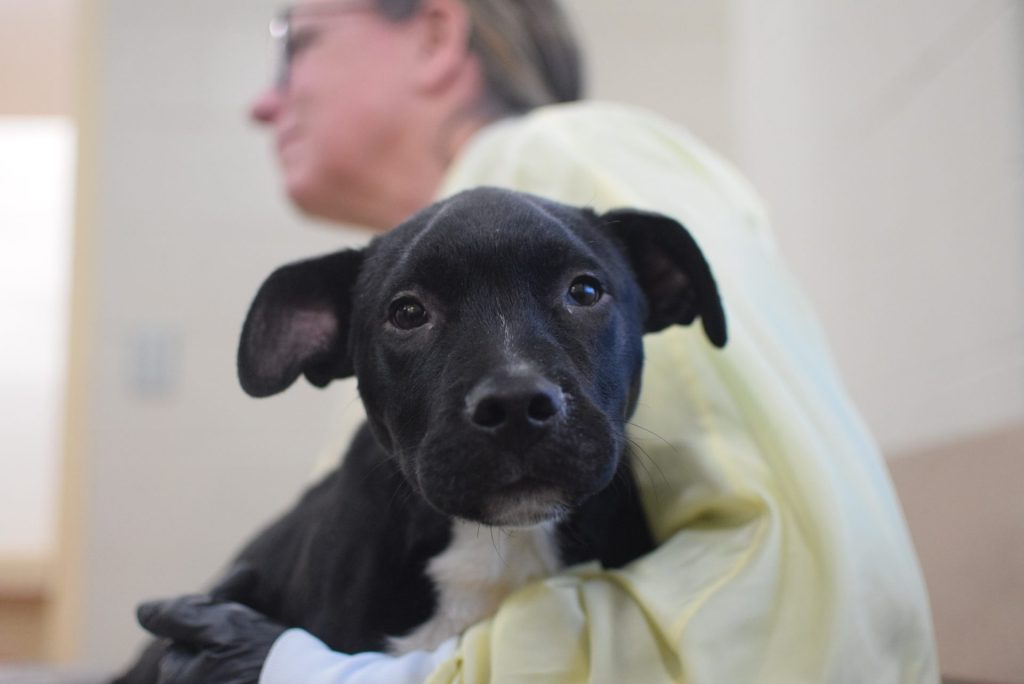
Creating More Hopeful Futures
The truth is the animals we transfer to OHS are all highly adoptable pets, but in overcrowded shelters, they face tough odds. Thanks to the generosity of our donors, OHS and the Second Chance team are able to support animals and agencies across the state and beyond. Because of our community, thousands of lives are saved every year.
